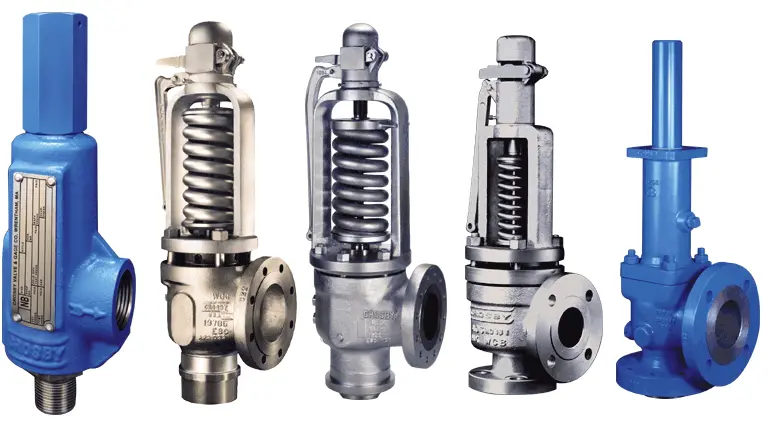When we use and check
safety valves, breakdowns always happen, which are mainly caused by the improper design, manufacturing, selection or use. If these faults are not promptly cleared, they will affect functions and service lives of
safety valves. Common breakdowns and solutions are as follows:
1. Leakage happens. Under the normal working pressure, there are several reasons for leakages exceeding the permissible level happening between the valve clacks and the sealing surfaces of the valve seats. First, there are sundries between the valve clacks and seats sealing surfaces. You can use the lifting wrench to open and flush the valve several times. Second, there are damages on sealing surfaces. You can restore the sealing surfaces by grinding or first turning and then grinding based on the degree of damages. Third, stems which are bent, tilted or deviated from the fulcrum will dislocate the valve spools and clacks and then lead to leakage. In this case, the valve stems should be reassembled and replaced. Fourth, the spring elasticity is reducing or lost. We should replace the spring and readjust the cracking pressure.
2. The valves can not be opened at the required pressure. The first reason may be the incorrect constant pressure. We should readjust the compression length of the spring or the location of the hammer. The second reason may be the valve clacks sticking to the seats. In order to solve this, we should regularly deflate the
valves by hands or have draw out tests. The third reason may be that the levers of lever-type safety valves get stuck or that the hammers are moved. We should readjust positions of the hammers and make the levers move freely.
3. The valves can be opened even if they do not reach the required pressure. The main reasons for this are that the constant pressure is not correct and the aging of the springs which causes reducing of the elasticity. We should screw to adjust the screws or change the springs.
4. Pressure continues to rise after deflating. The first reason, which is also the main reason, is that the discharge amount of safety valves is smaller than that of the equipment. We need to reselect appropriate safety valves. The second reason may be the tilting of the stem center lines or the rusting of the springs, which can make valves not open at a certain height, and we should reassemble the valve stems or change the springs. The third reason may be that there are not enough exhaust pipes, and we should adopt exhaust pipes accorded with safe discharge area.
5. Chatter or vibration happens on the valves clacks. First, it may caused by high spring stiffness which can be solved by using the appropriate springs. Second, it may caused by the improper adjustment of adjusting rings which can also make the re-seating pressure too high. We should readjust positions of adjusting rings. Third, it may caused by the great resistance of the exhaust pipes, leading to great discharge back pressure, which should be solved by reducing the resistance of the exhaust pipes.
The valve clacks can not be in the right position after discharging. It is mainly caused by the bending of the stem, dislocation or jamming of valve clack installations, which should be reassembled.
